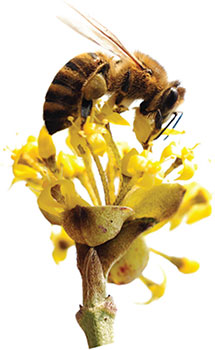C. Marina Marchese - The Honey Connoisseur: Selecting, Tasting, and Pairing Honey, With a Guide to More Than 30 Varietals
Here you can read online C. Marina Marchese - The Honey Connoisseur: Selecting, Tasting, and Pairing Honey, With a Guide to More Than 30 Varietals full text of the book (entire story) in english for free. Download pdf and epub, get meaning, cover and reviews about this ebook. year: 2013, publisher: Black Dog & Leventhal Publishers, genre: Romance novel. Description of the work, (preface) as well as reviews are available. Best literature library LitArk.com created for fans of good reading and offers a wide selection of genres:
Romance novel
Science fiction
Adventure
Detective
Science
History
Home and family
Prose
Art
Politics
Computer
Non-fiction
Religion
Business
Children
Humor
Choose a favorite category and find really read worthwhile books. Enjoy immersion in the world of imagination, feel the emotions of the characters or learn something new for yourself, make an fascinating discovery.
- Book:The Honey Connoisseur: Selecting, Tasting, and Pairing Honey, With a Guide to More Than 30 Varietals
- Author:
- Publisher:Black Dog & Leventhal Publishers
- Genre:
- Year:2013
- Rating:5 / 5
- Favourites:Add to favourites
- Your mark:
The Honey Connoisseur: Selecting, Tasting, and Pairing Honey, With a Guide to More Than 30 Varietals: summary, description and annotation
We offer to read an annotation, description, summary or preface (depends on what the author of the book "The Honey Connoisseur: Selecting, Tasting, and Pairing Honey, With a Guide to More Than 30 Varietals" wrote himself). If you haven't found the necessary information about the book — write in the comments, we will try to find it.
Like wine, cheese, coffee, and chocolate, honey has emerged as an artisanal obsession. Its popularity at farmers markets and specialty food stores has soared as retailers are capitalizing on the trend. The Honey Connoisseur teaches consumers everything they need to know about how to taste, select, and use a diverse selection of honey.
After a brief explanation of how bees produce honey, the authors introduce the concept of terroir, the notion that soil, weather, and other natural phenomena can affect the taste of honey. As with wines, knowing the terroir of a honey varietal helps to inform an understanding of its flavor.
The book goes on to give a thorough course in the origins of more than 30 different honeys as well as step-by-step instructions, how to taste honey, describe its flavor and determine what other flavors pair best with a particular honey. Also included are simple recipes such as dressings, marinades, quick-and-easy desserts, and beverages.
Beautifully illustrated and designed, The Honey Connoisseur is the perfect book for foodies, beekeepers and locavores alike.
Marina Marchese and Kim Flottums knowledge of this fascinating and increasingly popular subject is unparalleled. Together, they have composed the preeminent book about honey and its regional culinary food pairings.
~ Nicholas Coleman, Chief Olive Oil Specialist, Eataly, NYC ~
Eureka! This is the book Ive been looking for. As a restaurateur who has traveled high and low in search of the worlds finest wines, I have always respected the role terroir plays in creating and nurturing a regions culinary personality. Ever since I took up beekeeping, Ive been on the hunt for the definitive guide to the essence of honey: how to taste it, which local factors influence its flavor, and most importantly for me, how to pair it with other ingredients like an expert.
~ Julian Niccolini, Owner of The Four Seasons Restaurant, New York City ~
Of all the near-perfect foods we generally take for granted, honey suffers more than most (except for cheese). The Honey Connoisseur lays it all out on the table Marina Marchese and Kim Flottum tell the whole story including its dark side in an eloquent style. The reader will never look at the honey jar quite the same way.
~ Max McCalman, Matre Fromager, Artisanal Premium Cheese Center, NYC ~
With the authors depth of knowledge, I cannot think of a better resource on honey. This book makes me want to bake with all the varieties. Finally, a honey bible! The Honey Connoisseur is truly a great book.
~ John Barricelli, author of The Seasonal Baker and The Sono Baking Company Cookbook
C. Marina Marchese: author's other books
Who wrote The Honey Connoisseur: Selecting, Tasting, and Pairing Honey, With a Guide to More Than 30 Varietals? Find out the surname, the name of the author of the book and a list of all author's works by series.

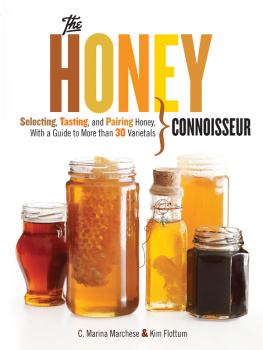
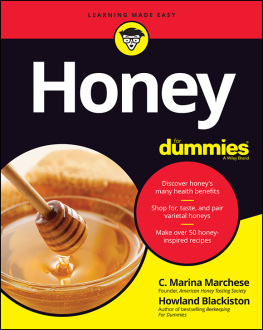

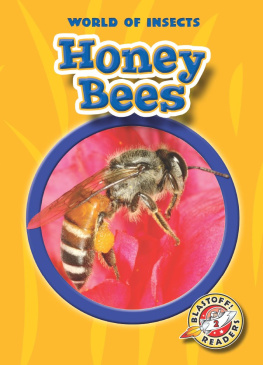
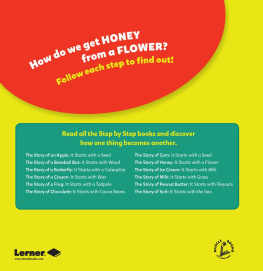
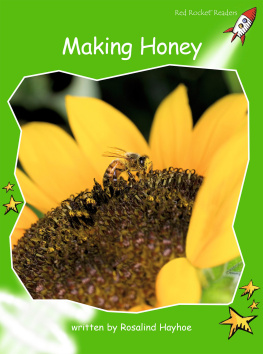

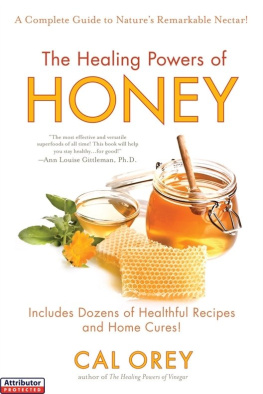

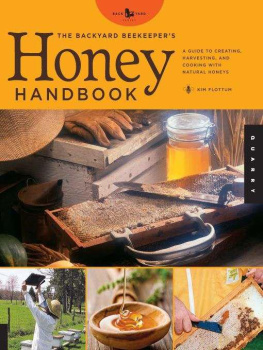
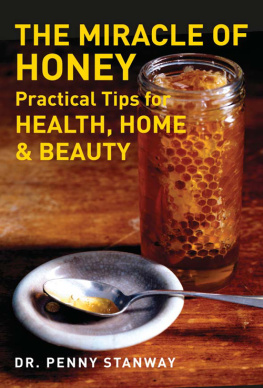




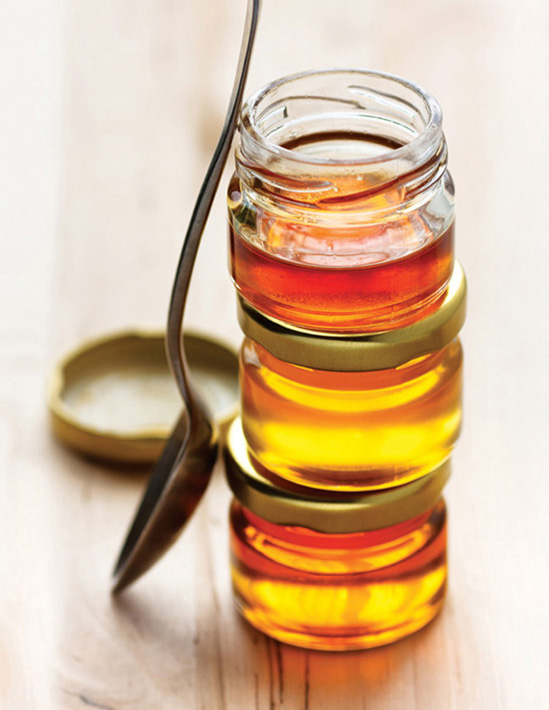
 teaspoon of this culinary masterpiece in her short life. Hundreds of varieties of honey are harvested here in the United States, and thousands around the world. Many are limited harvests, produced seasonally and remaining local to their region. The recipe never changes, only the flower, the nectar, the season, and the region in which its collected. Its these factors that make every jar of honey unique in color, aroma, and flavor.
teaspoon of this culinary masterpiece in her short life. Hundreds of varieties of honey are harvested here in the United States, and thousands around the world. Many are limited harvests, produced seasonally and remaining local to their region. The recipe never changes, only the flower, the nectar, the season, and the region in which its collected. Its these factors that make every jar of honey unique in color, aroma, and flavor.